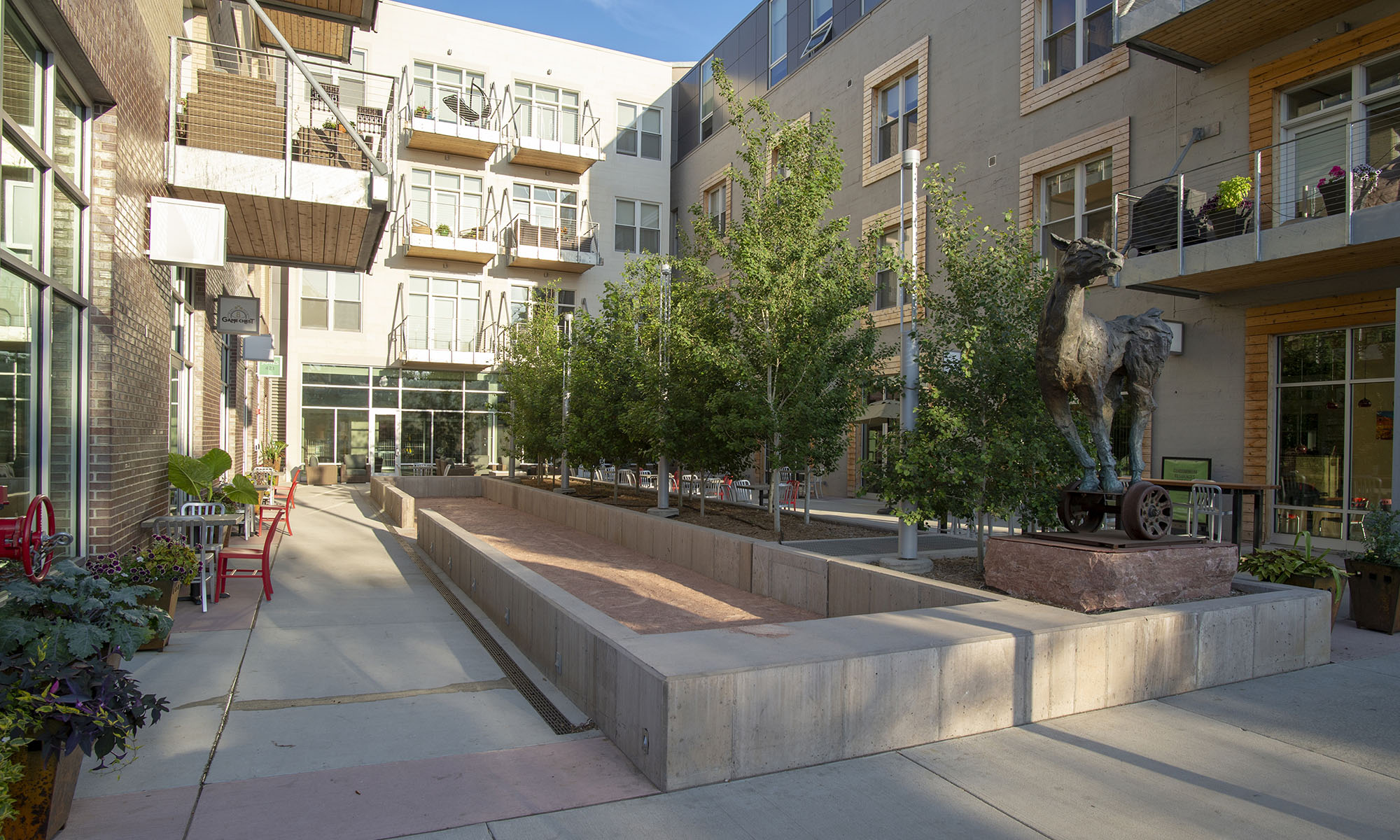By Andria Bender, RN
The Americans with Disabilities Act will turn 30 next year, and the landmark legislation greatly improved accommodations for persons with disabilities. The regulations set a clear expectation that everyone deserves to be present, active, and engaged in our society. ADA guidelines serve as a reminder for architects, engineers, and interior designers to always choose the most accessible option.
One notable and highly visible change is public restrooms, which the ADA requires be equipped with a handicap stall. These must have sturdy grab bars, elevated fixtures, and adequate space for a wheelchair’s turning radius. But as is often the case with law versus real-life circumstance, a disconnect remains.
I feel that disconnect every time I need to take my daughter to the restroom while out in our community. Margot has Trisomy 9p and 4q, chromosomal abnormalities that render her nonverbal, severely developmentally delayed, and incontinent. She is caught somewhere between ambulatory and non-ambulatory, a gray area we navigate daily—oftentimes by using a large stroller or wagon. Now age 7, she is too tall (47 inches), heavy (53 pounds), and active to safely change on a standard baby-changing table.
Like many parents and caretakers, I’ve developed workarounds to deal with the lack of functional design in public places. I change Margot in the back of my van or on frequently-dirty restroom floors. Out of necessity, I pay close attention to the places with “good” facilities: private family restrooms, extraordinarily clean bathrooms, or oversized handicap stalls. I plan our trips accordingly. Or, we just don’t go out. Margot and her younger brother miss out on experiences, and our family cannot fully enjoy our community’s wonderful quality-of-life enhancements.

There’s an easy, affordable solution that would make a limitless impact for families. But we need more people to join us as vocal allies. Changing South Dakota is pushing for universal changing tables in every publicly funded building in our state—to start. Also called adult changing tables, they provide a safe, hygienic, and dignified way to change babies, elderly persons, and those with disabilities.
Architects and interior designers will be some of our most valuable advocates. Each time you approach a new project, you’re already thinking about its end-users. I ask you to expand your idea of who those end-users are, how they look, and what they need. Keep us in mind when you choose furniture, fixtures, and equipment for every addition, remodel, and new-construction effort. Consider how to program the relatively small amount of extra space and minimal structural supports needed to accommodate universal changing tables now or in the future.
PatientSafetyUSA, Max-Ability, and other market vendors offer a wide variety of installation-ready products. Options range from a standard bench-style table costing as little as $300 to top-of-the-line powered tables with adjustable height. Universal changing tables can be installed in new builds or retrofitted into existing structures. It’s a smart upgrade to replace standard baby-changing tables, which have a weight limit of only 40 pounds.
According to the Cornell University Disability Status of 2017, there are more than 95,000 disabled residents of South Dakota. Of these, 40,000 have ambulatory difficulty, 12,900 have self-care issues, and 29,300 are unable to live on their own. My daughter hits all three categories, as do many other people in the state.
In August 2016, the Department of Transportation mandated that airports servicing more than 10,000 passengers annually must establish at least one service-animal relief area (SARA) inside each terminal. Designed to assist passengers traveling with service animals, SARAs also benefit handlers working with law-enforcement dogs as well as travelers with other security-approved pets. SARAs must be wheelchair-accessible and close to airline gates. Sioux Falls Regional Airport’s animal-relief area opened in July of this year.
Shockingly, there is no corresponding requirement for universal changing tables—from the DOT or any other federal agency. At least seven major U.S. airports have installed them voluntarily, and an eighth (Milwaukee Mitchell International Airport) will have them by year’s end. Forward-thinking local and state leaders also have moved ahead with the tables in venues such as civic centers, collegiate stadiums, highway rest areas, visitor attractions, and wellness centers.
This past May, Arizona passed legislation requiring all publicly funded buildings have universal changing tables installed in their bathrooms. Spearheaded by Dignified Changes, a group founded by mothers of children with special needs, the bill paves the way for other states to follow suit. Similar bills are being brought forth in Oklahoma with Max’s Law and the great state of South Dakota.
We must better serve a population that is diverse, unique, and ever-changing.

Andria Bender, RN, is a nurse, wife, and mother of two young children. Born and raised in South Dakota, she’s lived in Sioux Falls since 2006. She is inspired by her daughter, Margot, who has extra special needs. Andria has sought “better” for families in our state through her advocacy on medical and community accessibility issues with fellow healthcare providers, government representatives, and business owners. In 2015, Andria led the successful campaign to bring Caroline’s Cart to Sioux Falls, starting with Hy-Vee stores and ultimately securing the carts for local Target and Walmart stores, too.

Chase Kramer, AIA, is the Director of Design for TSP Inc. in Sioux Falls. He received his M.Arch from ISU where he focused on urban design and sustainability. Before that, he received a degree in Art from Augustana University. He lives in Sioux Falls with his wife and four children. Beyond Architecture, he is an AI early adopter, musician, art lover, and fan of cheese and beer.


